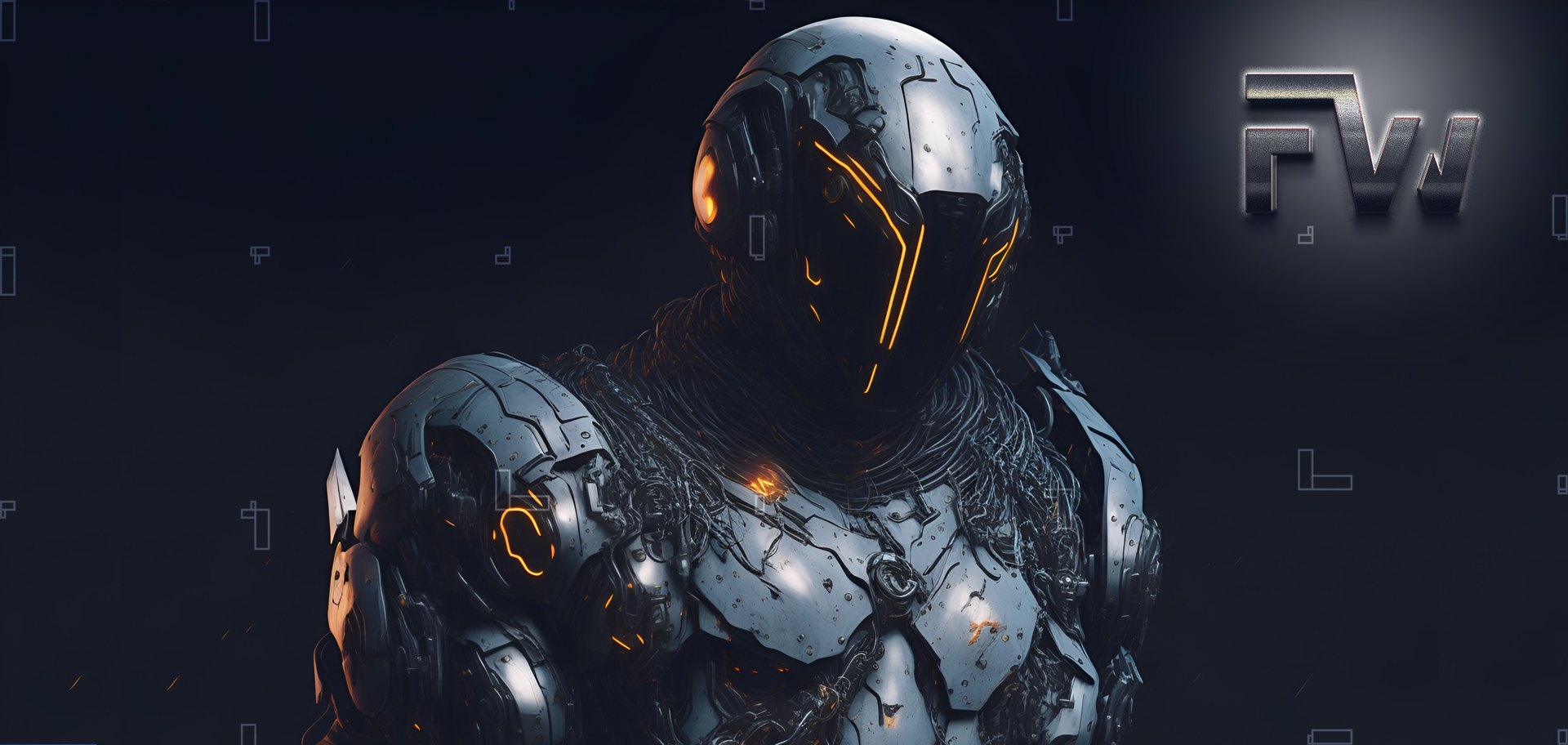Creating FuseWars on the Lyra blueprint, a blockchain framework built on Unreal Engine, would likely involve several challenges. While I don’t have specific information about the Lyra blueprint as of my last update in September 2021, I can provide some general challenges that may arise when integrating blockchain technology into a game like FuseWars:
- Technical Complexity: Integrating blockchain technology into a game engine like Unreal Engine can be technically complex. The development team would need to understand the intricacies of the Lyra blueprint and how it interacts with Unreal Engine to ensure seamless integration.
- Scalability and Performance: Blockchain transactions can be resource-intensive and may impact the game’s performance and scalability. Optimizing the game’s architecture and ensuring efficient blockchain interactions are crucial to maintaining a smooth gameplay experience, especially in an action-packed multiplayer game like FuseWars.
- Smart Contract Development: Building and deploying smart contracts, which handle various aspects of the game’s blockchain interactions, can be challenging. Designing secure, reliable, and efficient smart contracts that meet the game’s requirements and can handle player interactions, NFT ownership, and in-game transactions is a significant task.
- User Experience: It’s essential to strike a balance between the blockchain functionality and the overall user experience. Blockchain interactions should enhance gameplay and provide value to players without becoming cumbersome or disrupting the flow of the game. Ensuring a seamless and intuitive user experience while incorporating blockchain features can be a challenge.
- Economic Design and Balancing: The integration of NFTs and blockchain technology introduces an economy within the game. Balancing the in-game rewards, the value of NFTs, and the overall economic design requires careful consideration. It involves determining tokenomics, rarity, supply, and demand dynamics to maintain a healthy and engaging in-game economy.
- Security and Anti-Cheating Measures: Blockchain integration brings new security considerations. Implementing robust security measures, preventing cheating or hacking attempts, and protecting player assets and transactions are critical to maintaining the integrity of the game and player trust in the blockchain ecosystem.
- Community Management and Governance: In a blockchain-based game like FuseWars, community engagement and governance play a crucial role. Establishing transparent communication channels, addressing player concerns, and incorporating community feedback into the game’s development and decision-making processes are essential to fostering a vibrant and sustainable community.
Creating your own game on top of the Lyra blueprint created by Unreal can come with certain difficulties and challenges. Here are a few potential hurdles you may encounter:
Customization and Flexibility: While using the Lyra blueprint as a foundation can provide a head start, you may encounter limitations or constraints when customizing the game to suit your specific vision and gameplay mechanics. Adapting the blueprint to your unique game mechanics and design elements may require additional coding and modifications.
Despite these challenges, leveraging the Lyra blueprint can provide a solid foundation for your game development journey. With dedication, problem-solving skills, and a willingness to learn and adapt, you can overcome these difficulties and create an engaging and unique game experience on top of the Lyra blueprint.
Ivory Jones


